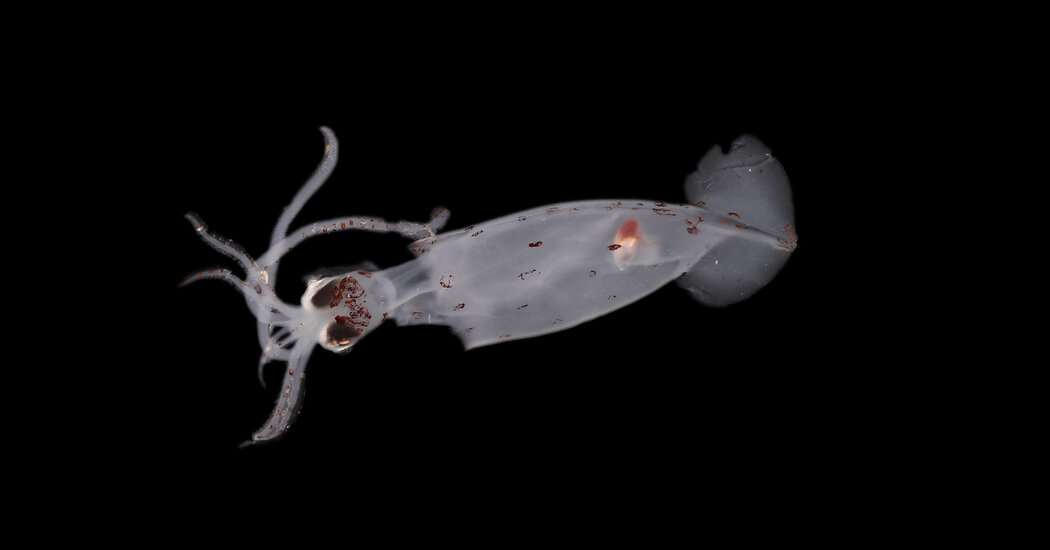The findings, from the largely uncharted waters of Bounty Trough, show that “we’ve got a long way to go in terms of understanding where life is found in the ocean,” a researcher said.
A team of 21 scientists set off on an expedition in the largely uncharted waters of Bounty Trough off the coast of the South Island of New Zealand in February hoping to find a trove of new species.
The expedition paid off, they said on Sunday, with the discovery of 100 new species, a number that was likely to grow, said Alex Rogers, a marine biologist who was a leader of the expedition.
“I expect that number to increase as we work through more and more of the samples,” Dr. Rogers said. “I think that number is going to be in the hundreds instead of just 100.”
Dozens of mollusks, three fish, a shrimp and a cephalopod that is a type of predatory mollusk were among the new species found in the expedition, which was led by Ocean Census, a nonprofit dedicated to the global discovery of ocean life, the National Institute of Water and Atmospheric Research in New Zealand, and the Museum of New Zealand Te Papa Tongarewa.
One creature that caused a “lot of head-scratching” is a star-shaped animal, about a centimeter across, but researchers have not managed to identify it, Dr. Rogers said. They believe it may possibly be a coral.
Two million-plus species are estimated to live in the oceans, but only 10 percent of ocean life is known. It is vital to learn more about the aquatic life because marine ecosystems carry out functions that support life on Earth, such as creating food for billions, storing carbon and regulating climate, Dr. Rogers said.
